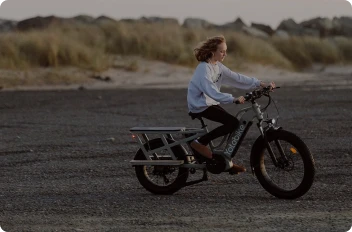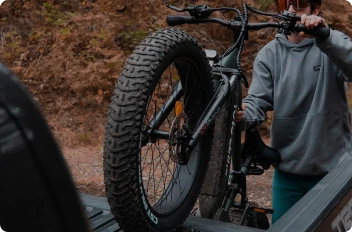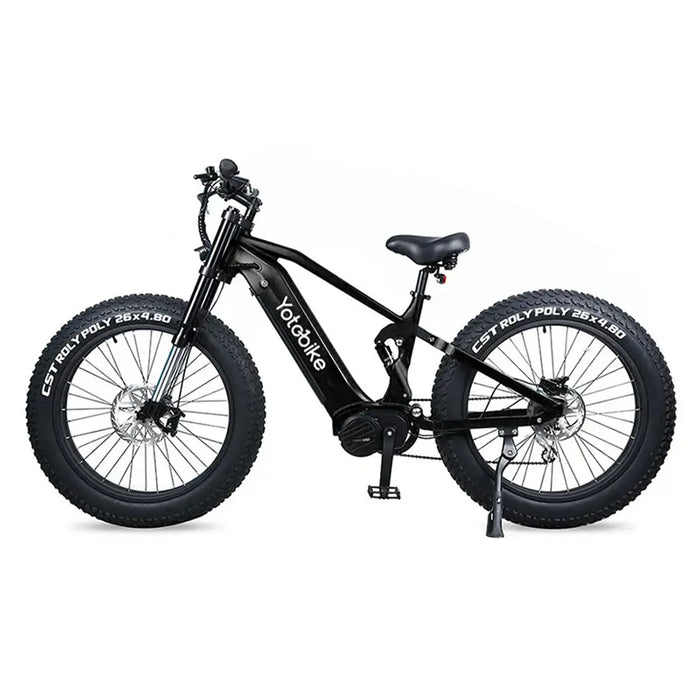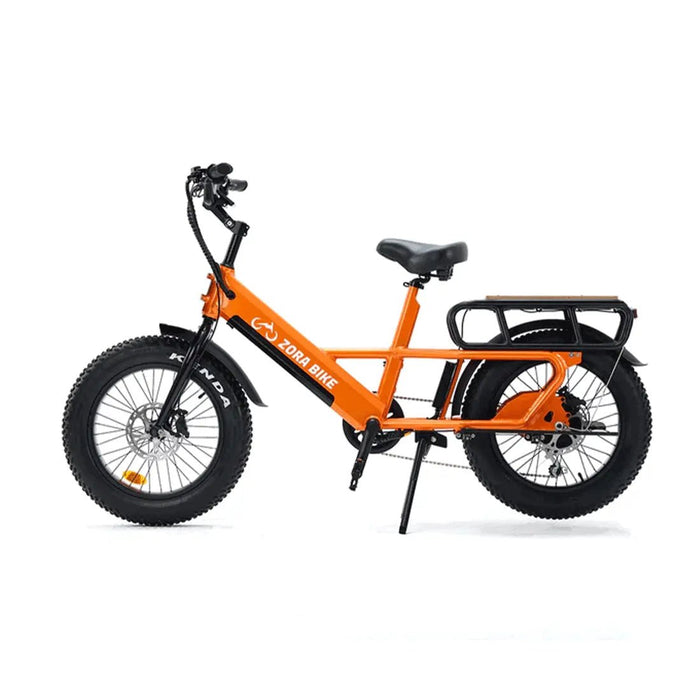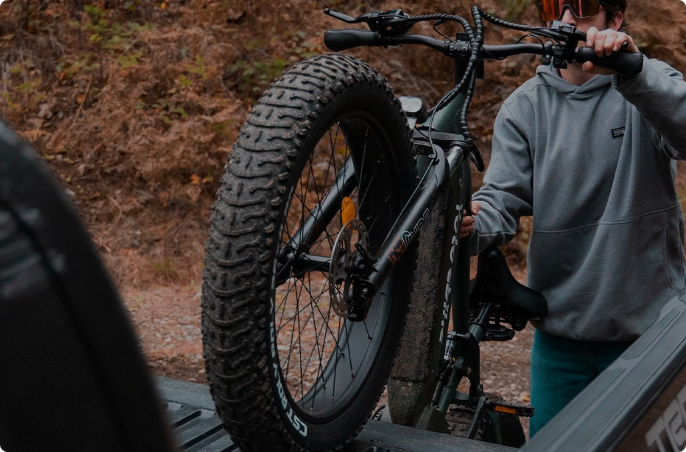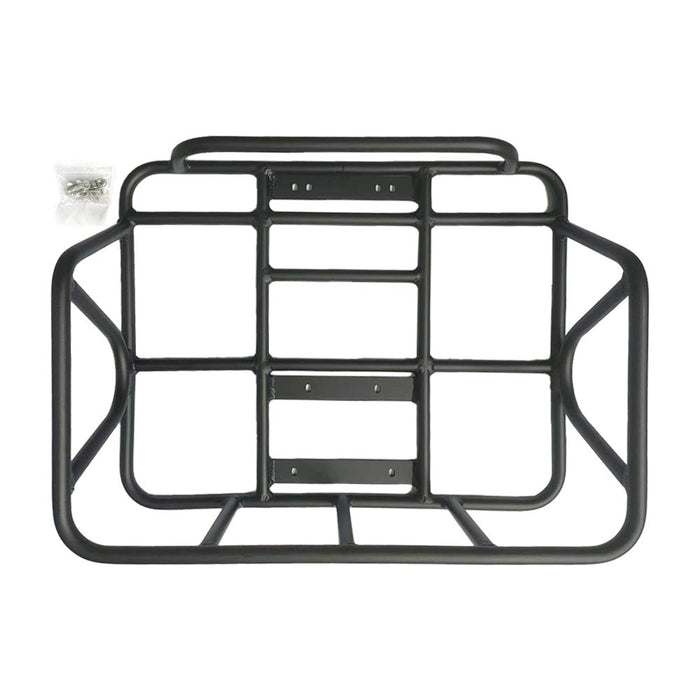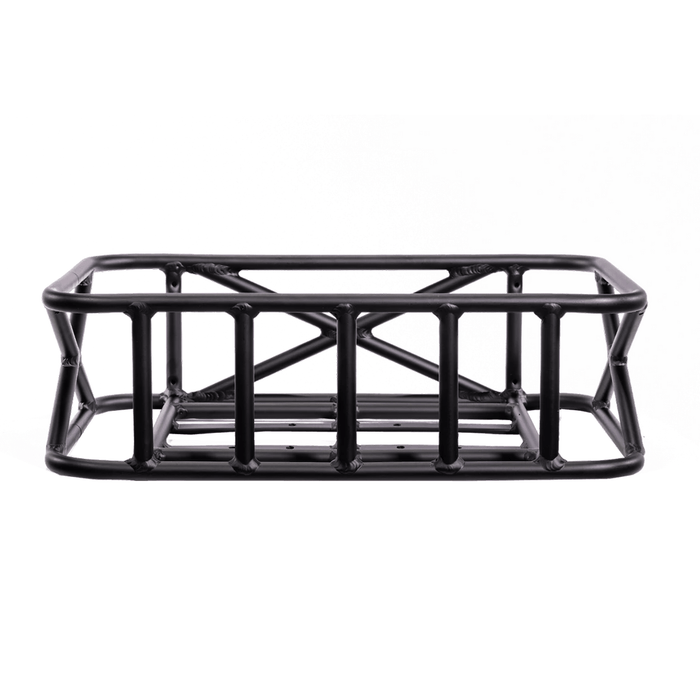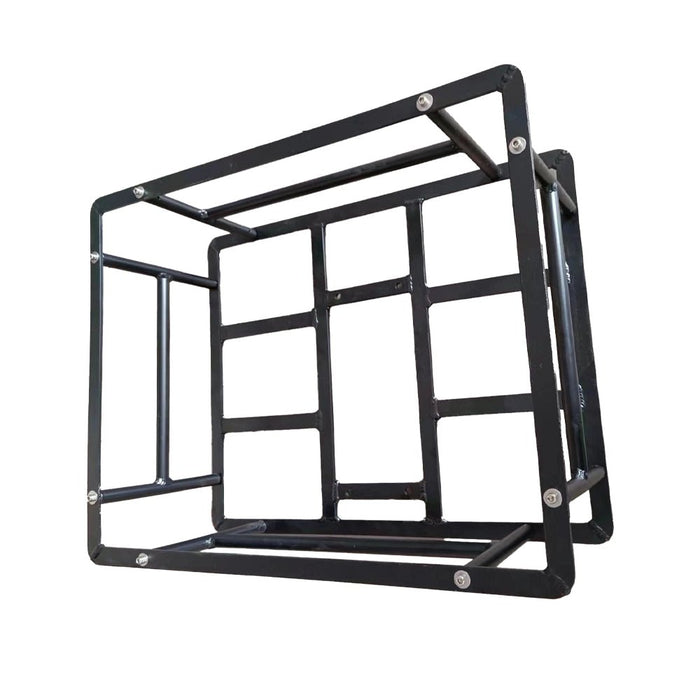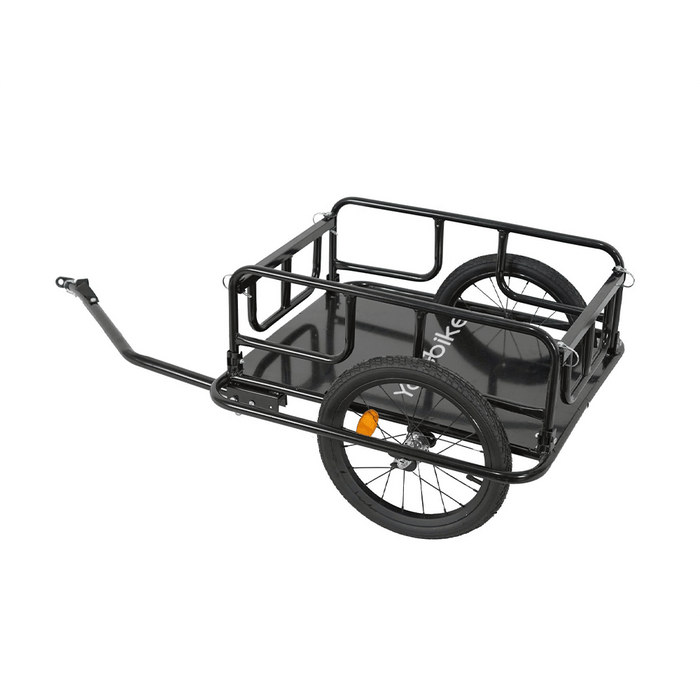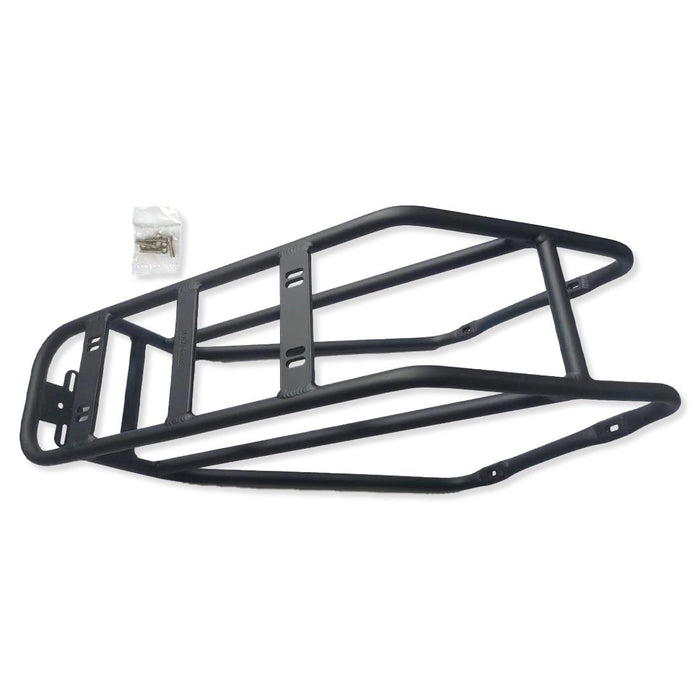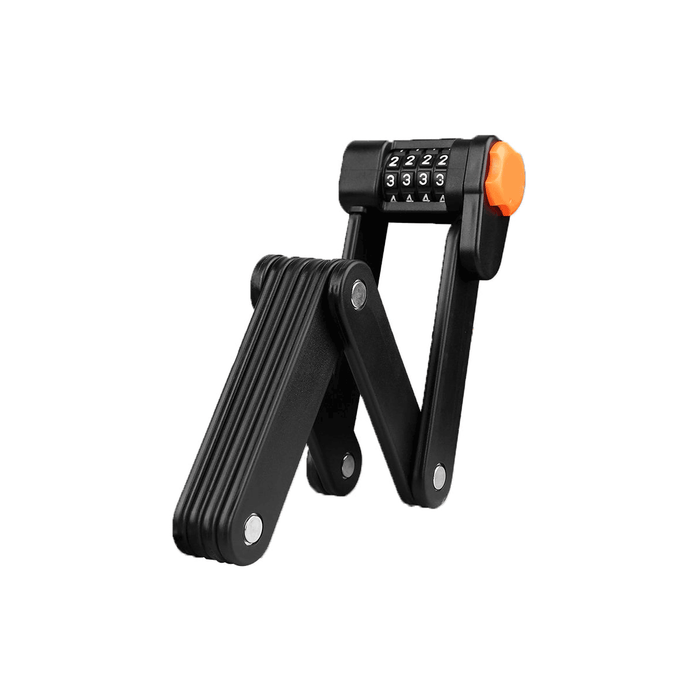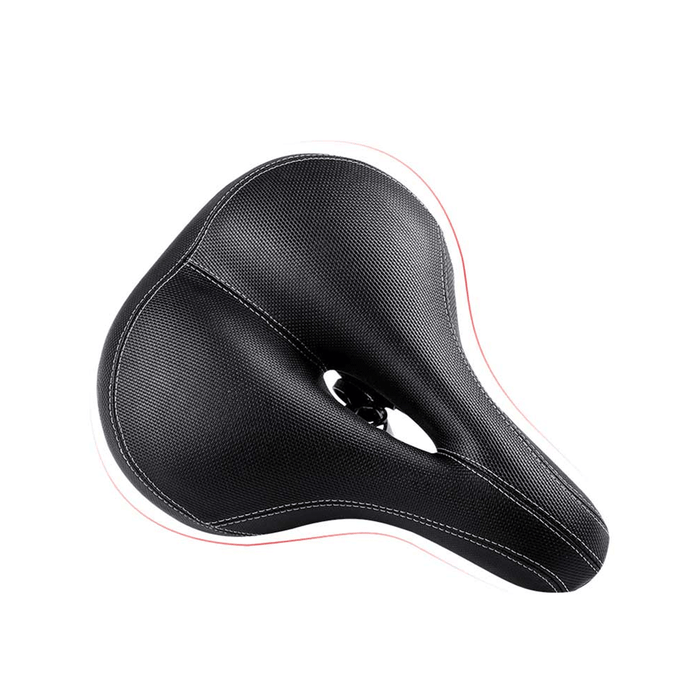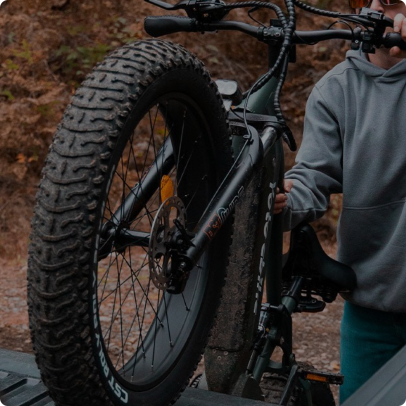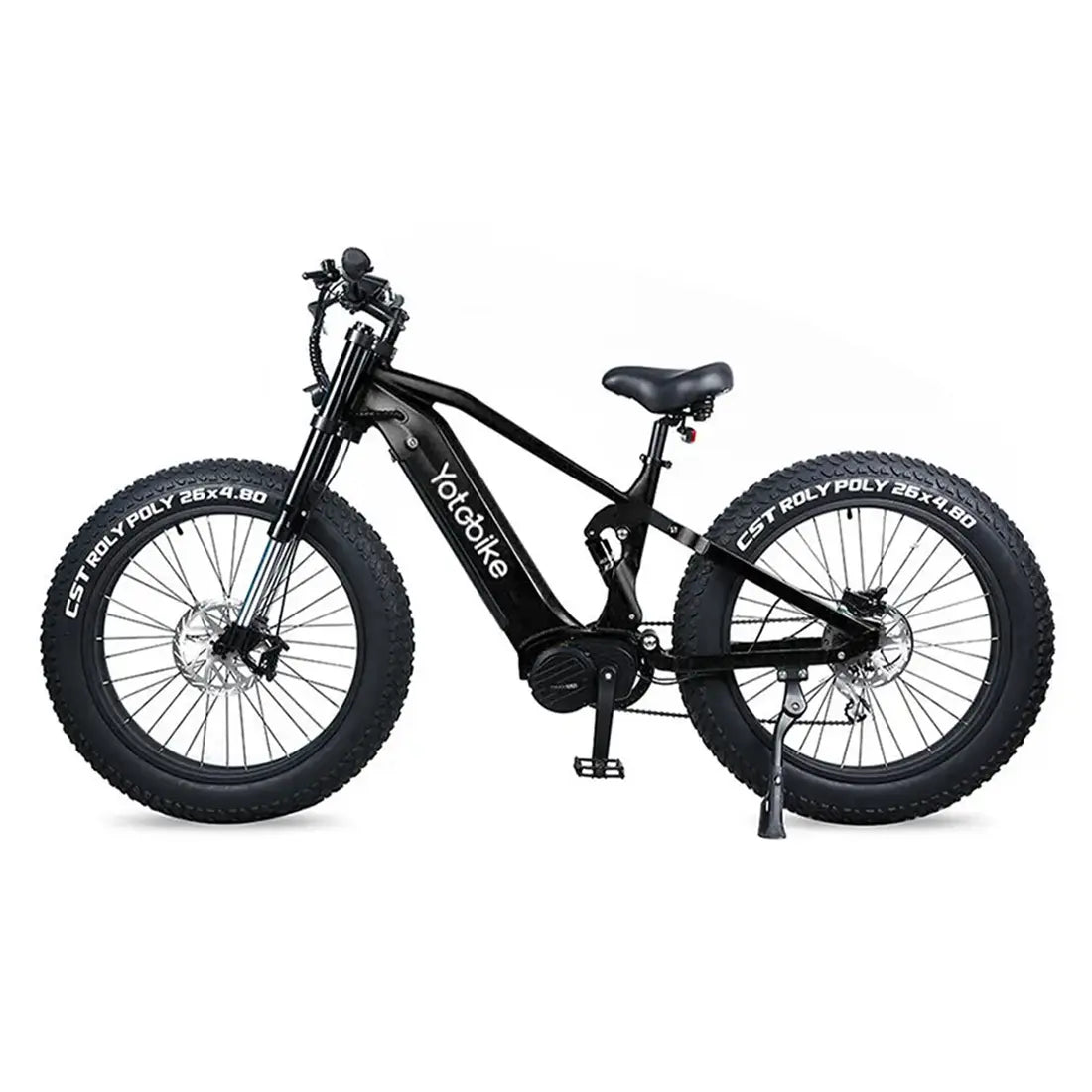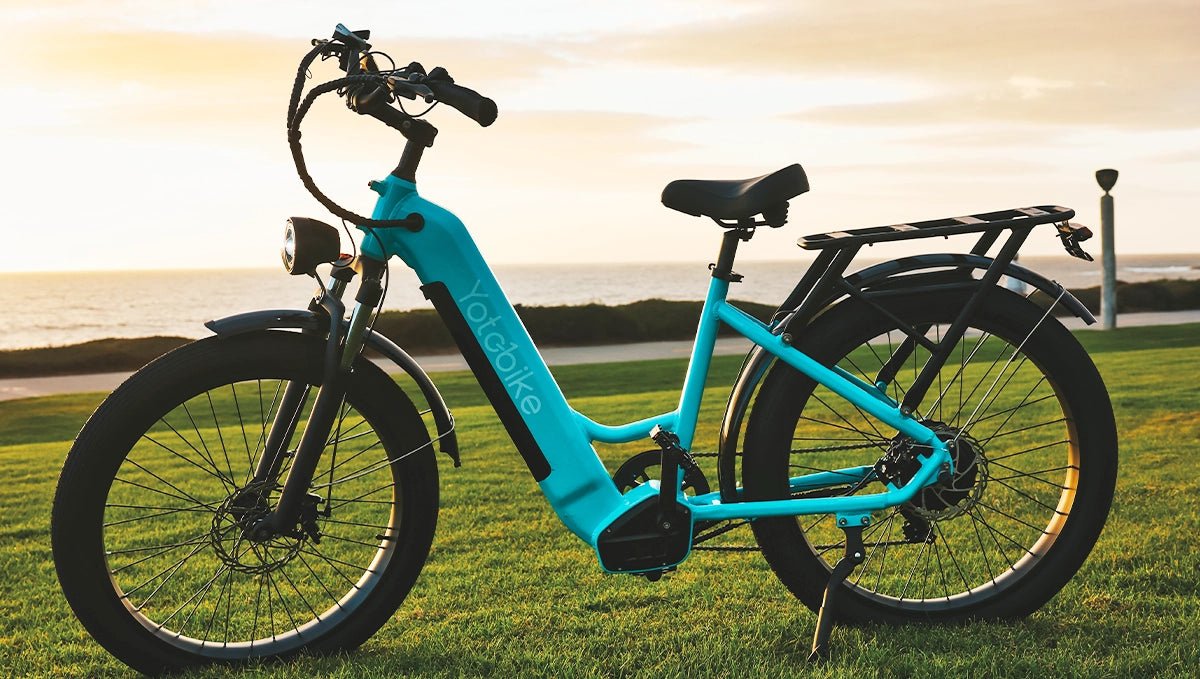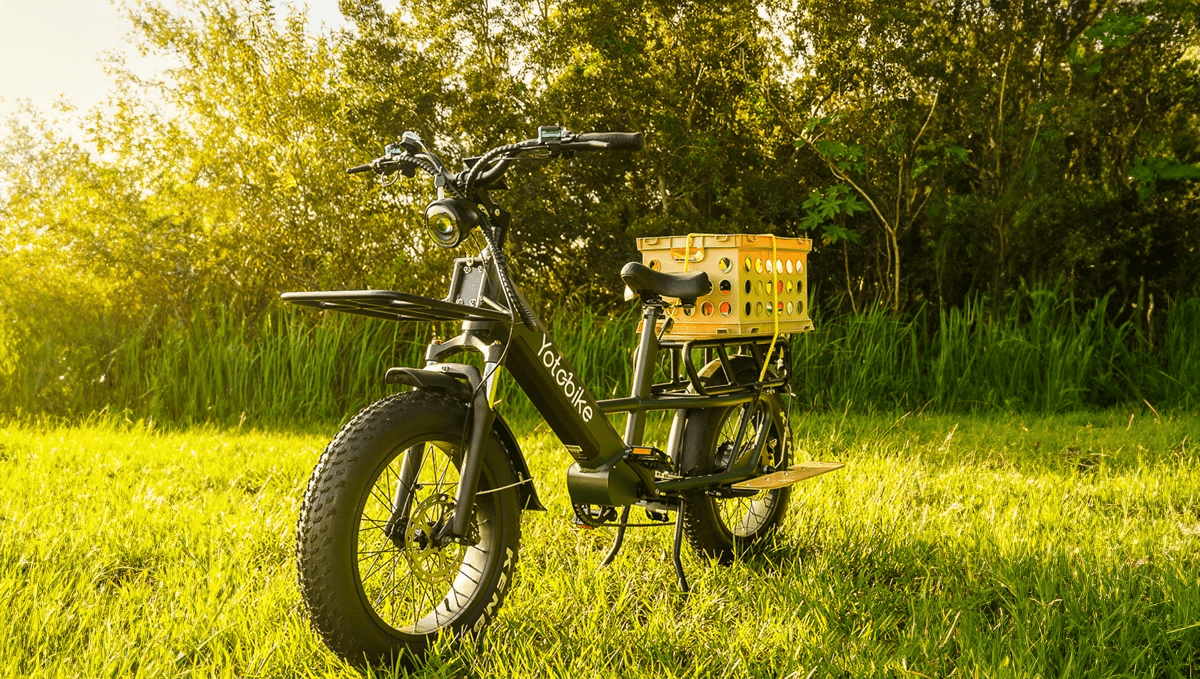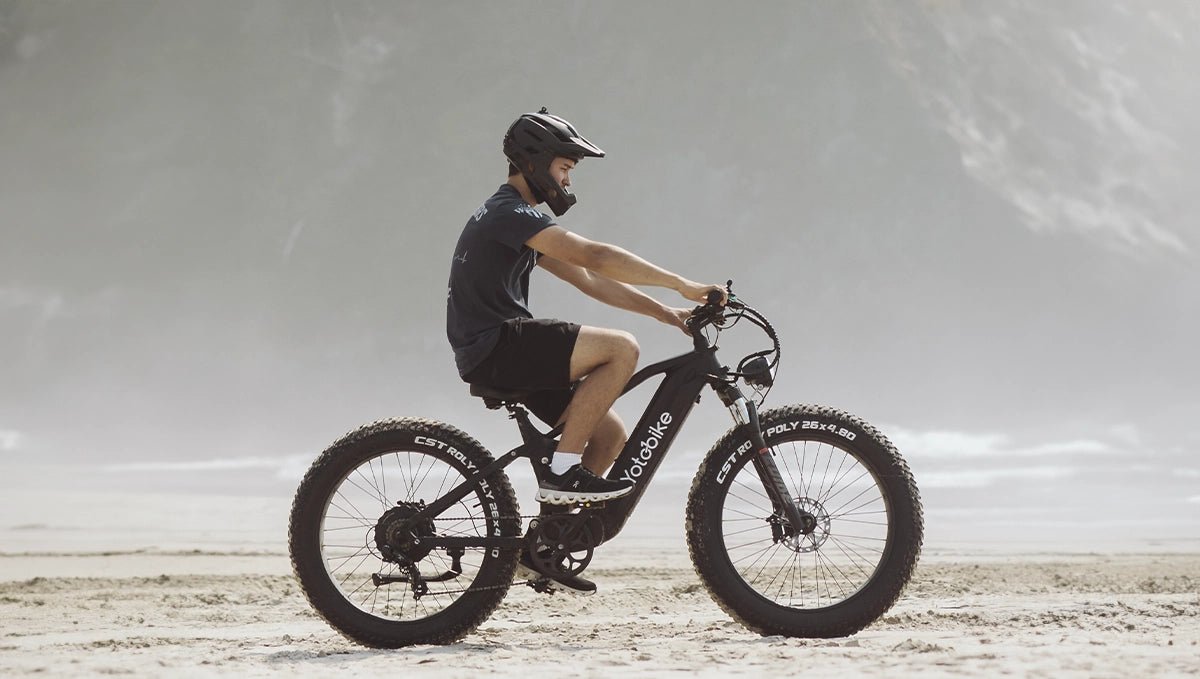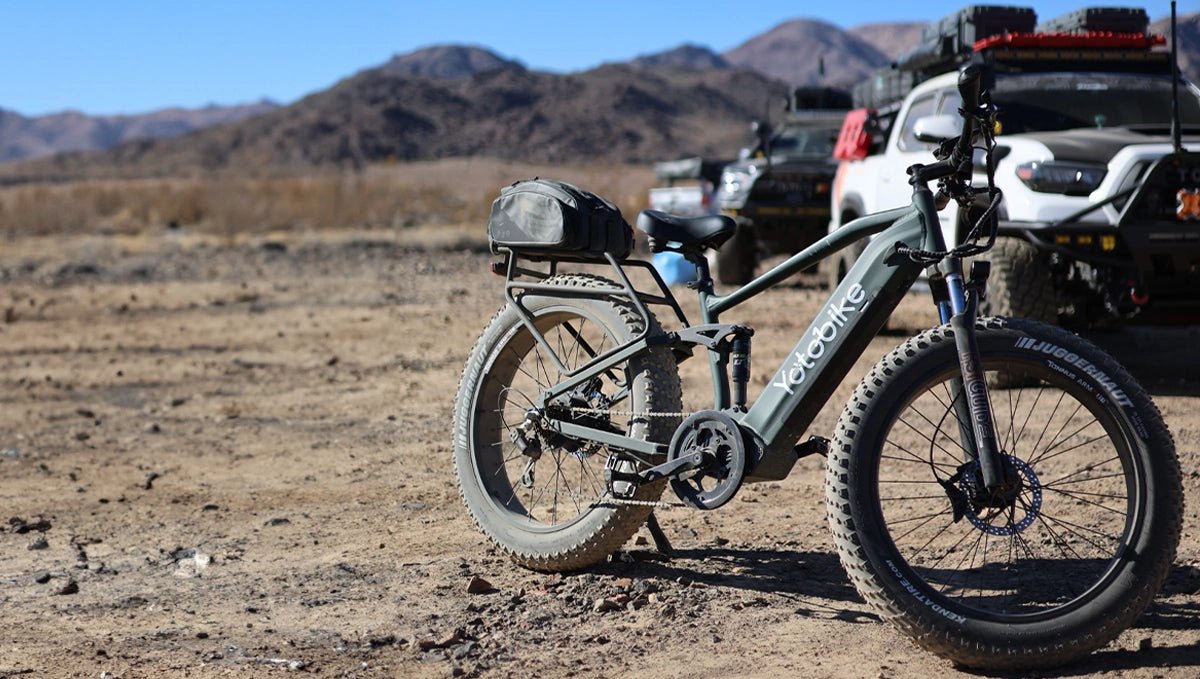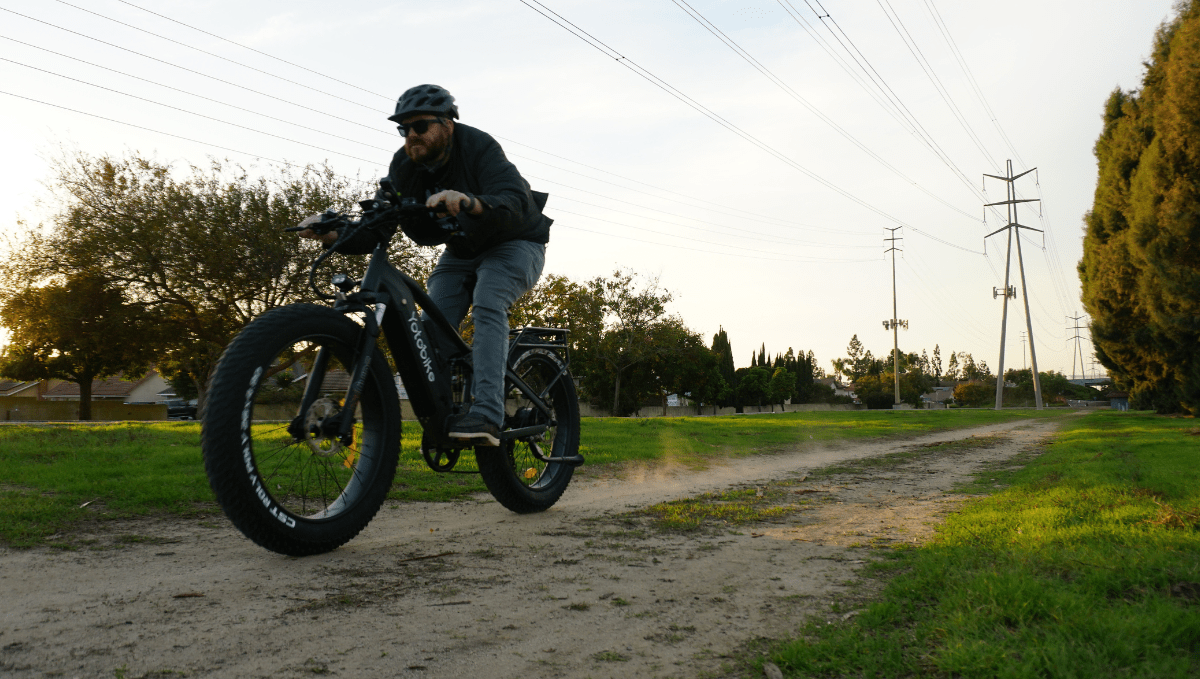
Electric bikes, blending traditional pedaling with an added electric boost, offer a convenient and efficient mode of transportation. Many riders often wonder, "How fast can an electric bike go?" This article delves into the top speeds achievable by electric bikes and the factors influencing these speeds, such as motor power and battery life. Additionally, it addresses the legal implications and potential consequences of exceeding speed limits on electric bikes. By understanding these aspects, cyclists can make informed decisions about their commuting habits and adhere to safety regulations.

How Fast Can an Electric Bike Go?
What speed can an electric bike do? Typically, the maximum speed of an electric bike is governed by its motor and local regulations. In many areas, e-bikes are classified based on their top speed, with Class 1 and 2 e-bikes capped at 20 mph (32 km/h), while Class 3 can reach up to 28 mph (45 km/h) when pedaling is involved. After reaching this limit, any extra speed comes from your own pedal power. Knowing this helps set realistic expectations on how fast you can really go on your e-bike.
What Are the Factors That Determine the Speed of an Electric Bike
If you’re itching to see just how fast your electric bike can go, buckle up! We're diving into the nitty-gritty of what makes these bikes sprint.
- Watts
Think of your e-bike's speed like a recipe—the main ingredient? Power, measured in watts. More watts mean your bike’s motor has more oomph to zip you along. For instance, a 750W motor will boost you up to 20 mph quicker than a 250W motor, assuming all else is equal. So, if you’re looking for speed, check the wattage!
- Weight
Weight plays a huge role in how swiftly your bike can move. Imagine you’re pulling a sled: the heavier it is, the tougher to get moving, right? Same goes for e-bikes. A lighter bike (or rider) means less effort for the motor, allowing it to accelerate faster and maintain higher speeds with ease.
- Terrain
Your ride's terrain is crucial too. Smooth, paved roads let you glide effortlessly, reaching higher speeds than you would on a rough, gravel path. Hills? They're a game of give and take. Ascending a hill might slow you down as your motor works harder against gravity, while descending gives you a free speed boost.
Ebike Classifications
In the United States, e-bikes are categorized into three main classes based on how the motor assists you and at what speeds the assistance cuts off. If you're looking for a fast electric bike, knowing these classifications can be particularly crucial.
Class 1 E-Bikes: Pedal in Harmony
Class 1 e-bikes are equipped with a pedal-assist system that automatically stops providing power once you hit 20 mph. This means you’ll need to rely on your own pedal power if you want to go any faster. These bikes are great for those who enjoy a blend of manual effort and motor assistance without the complexity of a throttle.
Class 2 E-Bikes: Throttle Up
Moving on to Class 2, these e-bikes offer both pedal-assist and throttle-activated assistance. What's unique here is that the throttle can help propel the bike even if you're not pedaling, similar to how a motorcycle operates. However, like Class 1, the motor’s assistance stops at 20 mph. It's worth noting that not all retailers carry Class 2 e-bikes, and their usage might be restricted on certain trails and paths due to the throttle feature.
Class 3 E-Bikes: Speed for the Long Haul
Class 3 e-bikes also have pedal-assisted power, but the assistance continues until you reach a higher speed of 28 mph. This makes them ideal for faster commuting and longer distances where maintaining a higher speed is beneficial. Keep in mind, the extra speed capability may limit where you can legally ride these bikes, such as certain trails and bike paths.
It’s important to note that not all classes of e-bikes are allowed everywhere. Specific trails or areas with speed limits may restrict the use of higher-class e-bikes, so it’s always a good idea to check local laws and regulations where you plan to ride.

What Are the Consequences of Violating Speed Limits
How fast can an electric bike go has a limit. These speed limits are designed to keep e-bike speeds within a safe range, both for the rider and for others sharing the road or bike paths. Pushing these limits by accelerating beyond the designated speed can lead to potential safety risks and unforeseen consequences.
- Legal Penalties
First and foremost, violating speed limits can lead to legal consequences. Depending on where you live, these might include fines, points on your driving record (yes, even for a bike), and in severe cases, confiscation of your e-bike. Legal penalties aim to deter reckless behavior and maintain safe speeds in community spaces.
- Increased Risk of Accidents
Speeding increases your risk of accidents. Electric bikes are heavier than regular bikes, and at higher speeds, they require more time and distance to stop. If you're going faster than the law allows, you might not be able to react quickly enough to avoid a collision. Plus, accidents at higher speeds tend to be more severe, with greater potential for injury.
- Insurance Implications
If you have insurance on your e-bike, speeding can complicate things. Many insurance policies have clauses that can limit or deny coverage if you were violating traffic laws at the time of an accident. This means you could end up paying out of pocket for repairs to your bike, medical bills, or any damages you might be liable for.
- Community and Trail Access Restrictions
In many places, the reputation of e-bike riders impacts access to trails and community areas. If e-bike users frequently violate speed limits, local authorities or community organizations might restrict or ban their use in certain areas to prevent accidents and ensure public safety. This would limit where you can enjoy riding your e-bike.
- Impact on E-Bike Regulations
Widespread non-compliance with speed limits can lead to stricter regulations for all e-bike riders. Authorities might impose more stringent speed caps, enhanced enforcement, or even more restrictive laws about where e-bikes can be used, affecting the freedom and convenience these bikes currently offer.
Respect the Rules, Enjoy the Ride
Understanding and respecting speed limits isn't just about avoiding penalties—it's about ensuring a safe and enjoyable experience for everyone, including yourself. By sticking to the rules, you help promote a positive image of e-bike riders and contribute to the ongoing acceptance and integration of e-bikes in your community.
Conclusion
Exploring how fast can an electric bike go reveals a blend of technological prowess and legal boundaries. Whether you're interested in the thrill of a fast electric bike or just curious about your daily commute, understanding the classifications and speed limits is key. Always remember, riding within legal limits not only ensures your safety but also preserves the fun and freedom of e-biking. Stay informed, stay safe, and enjoy the ride to its fullest!
FAQ
Let’s clear up some common curiosities to help you better understand the capabilities and regulations surrounding e-bikes.
Are Ebikes Faster Than Regular Bikes?
Yes, electric bikes can be faster than regular bikes due to their motor assistance. While a typical cyclist on a regular bike might average speeds of 10-15 mph, an e-bike can easily assist up to 20 mph or more, depending on the class. This motor assistance allows riders to maintain higher speeds with less effort, particularly useful for commuting or traveling over hills.
What is the Fastest Ebike?
The title for the fastest production e-bike is often contested, but models like the Delfast Prime hold records, with top speeds of over 50 mph under specific conditions. However, it's important to note that such speeds exceed typical legal limits for e-bike operation on public roads and are usually limited to private property use.
How Fast Can an Electric Bike Legally Go?
In the United States, the legal speed limits for electric bikes depend on their class:
- Class 1 and Class 2 e-bikes are legally limited to motor-assisted speeds of 20 mph.
- Class 3 e-bikes can go up to 28 mph with pedal assistance.
These speeds can vary based on local laws, so it's essential to check the specific regulations in your area to ensure compliance.
